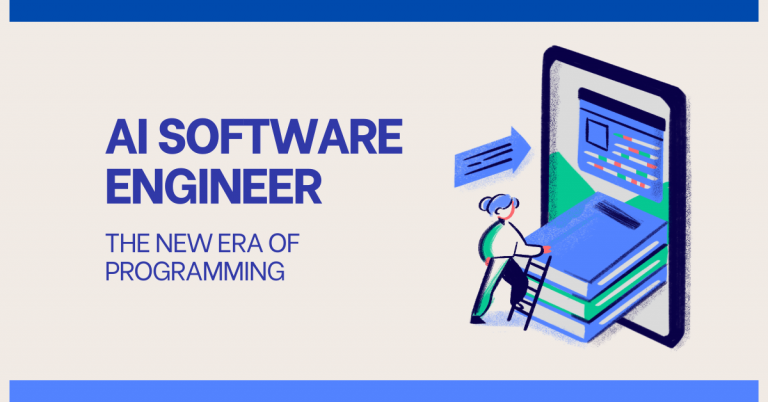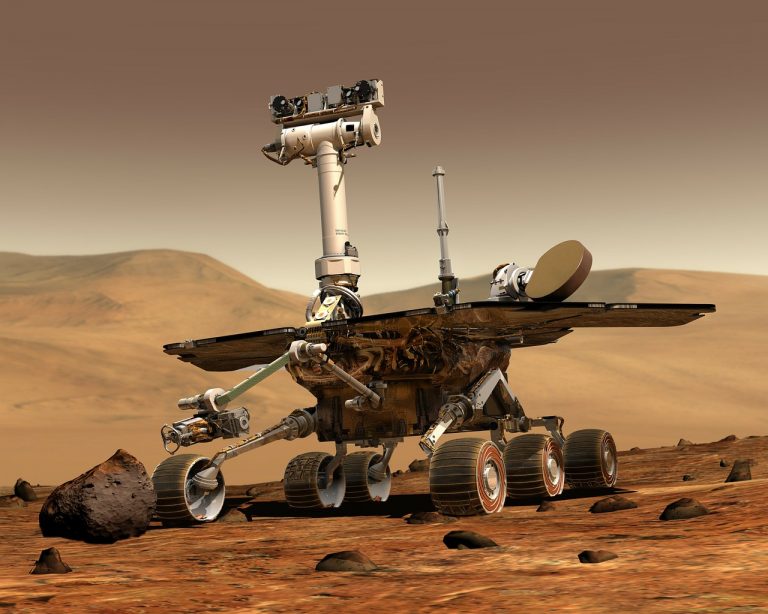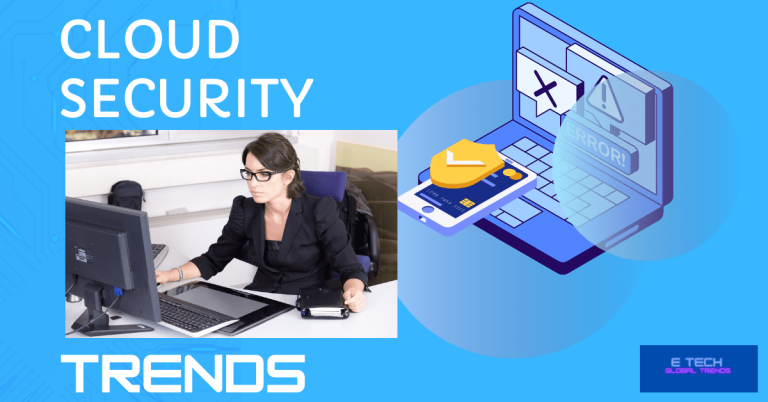Spacelift IaC
IaC uses machine-readable files to manage and provision infrastructure. Eliminating manual operations enables automation, reproducibility, and quicker deployment. As DevOps teams handle their IaC requirements, Spacelift offers them automation and cooperation. In addition to automating processes and enabling developer self-service, they may establish rules and manage access. Additionally, it offers several capabilities to minimize mistakes, such as automatically recognizing drift and connecting source code to certain resources. The startup’s platform is compatible with some well-known version control and IaC technologies. a business that runs a platform for cloud, infrastructure & service management. Spacelift IaC sets itself apart by delivering a complete solution for infrastructure as code automation and optimization, complete with capabilities like drift detection, policy enforcement, and connection with many CI/CD tools. DevOps teams and companies seeking to increase operational efficiency and simplify cloud infrastructure management are the platform’s main target audience.
What is IaC-Infrastructure as Code?
IaC is the practice of managing and provisioning computing infrastructure, including;
- servers,
- networks,
- databases, etc.
through machine-readable definition files (code) rather than manual processes or interactive configuration tools.
How does IaC work?
IaC uses “declarative or imperative code” to define infrastructure requirements, which are then automatically deployed and managed by an IaC tool.
IaC works under specific Concepts …
1. Code-Based Definition;
Infrastructure is defined in files (e.g., YAML, JSON, HCL) instead of manual setup.
Example (Terraform – HCL): “`hcl
resource “aws_instance” “web_server” {
ami = “ami-0c55b159cbfafe1f0”
instance_type = “t2.micro”
}resource “aws_instance” “web_server” {
ami = “ami-0c55b159cbfafe1f0”
instance_type = “t2.micro”
}
“`
2. Automated Provisioning
Tools like
- Terraform,
- AWS CloudFormation,
- Ansible, or
- Pulumi
Read the code and create/modify the infrastructure.
3. Idempotency
Running the same IaC script multiple times produces the same result (no duplicates or conflicts).
4. Version Control & Collaboration
IaC files are stored in Git (GitHub, GitLab), allowing tracking, reviews, and rollbacks.
5. Consistency & Repeatability
Eliminates “works on my machine” issues by ensuring identical environments (dev, staging, production).
What are the key Benefits of IaC?
- Faster deployments- (automated vs. manual)
- Reduced human errors- (no manual misconfigurations)
- Scalability (easily replicate infrastructure)
- Disaster recovery- (rebuild infrastructure quickly)
- Cost efficiency- (auto-shutdown unused resources)
Popular IaC Tools are…
| Tool | Type | language |
| Terraform | Declarative | HCL |
| Pulumi | General-purpose | Python, Go, JavaScript |
| Ansible | Imperative | YAML |
| AWS Cloud Formation | Declarative | JSON/YAML |
Example Workflow (Terraform + AWS)
1. Write Terraform config (`main.tf`)
2. Run `terraform init` (download plugins)
3. Run `terraform plan` (preview changes)
4. Run `terraform apply` (deploy infrastructure)
5. Modify & version-control changes via Git.
IaC may game-changer in DevOps, enabling automated, repeatable, and scalable infrastructure management. It’s a must for cloud-native and agile environments.
How is code-based infrastructure tested?
IaC provides a textual description of the necessary infrastructure specifications (VMs, storage, and networking). We specify a target state that is readily modified, copied, erased, and versioned. IaC allows for a high level of automation and is dependent on contemporary cloud technology. These recent developments have brought infrastructure development closer to application development. This brings up the intriguing subject of whether and how infrastructure code can be tested.
The 3 Crucial Kinds of Code Testing Infrastructure.
- Local and static checks
- Use and discard tests
- Tests of imitation
What is the difference and specialty of Spacelift IaC?
Spacelift is a multi-tool, adaptable IaC management platform with sophisticated governance, security, and collaboration capabilities that simplifies infrastructure automation. This is what distinguishes it:
1. Support for Multi-IaC Workflow
Ansible, AWS CloudFormation, Pulumi, Terraform, OpenTofu, Terragrunt, and Kubernetes (with Crossplane and K8s operators) are all supported by Spacelift. By doing this, companies can avoid vendor lock-in 16 and manage diverse IT stacks on a single platform.
An example of a use case:-
Terraform is used for AWS provisioning, Pulumi for developer-friendly code, and Kubernetes Operators for cluster management.
2. Precise Drift Identification & Repair
Automated Drift Detection: Keeps an eye on infrastructure to spot changes that deviate from the intended condition, such manual adjustments to AWS resources.
Remediation:- Enables compliance and consistency by automatically reverting drift or alerting teams. gives more provider coverage than solutions like Terraform Cloud.
- Spacelift runs periodic `terraform plan` or equivalent commands +
- to detect drift and trigger alerts/remediation workflows.
3.Policy-as-Code & Governance
Open Policy Agent (OPA) Integration: Enforce guardrails (e.g., “No public S3 buckets”) across stacks.
Custom Policies: Define approval workflows, cost controls, and security rules (e.g., “Require 2 approvals for production changes”)
How does it work?
# Block deployments if the monthly cost exceeds $10K
package spacelift
default allow = false
allow { input.cost_estimate.total_monthly_cost <= 10000 }
4. GitOps & Collaboration Features.
Native VCS Integration:- Works with GitHub, GitLab, Bitbucket, and Azure DevOps.
Self-Service Infrastructure:- Developers can provision pre-approved stacks via Blueprints (templated configurations) without needing deep IaC expertise 13.
Audit Trails:- Track all changes with detailed logs for compliance (e.g., SOC 2, GDPR)
5. Security at the Enterprise Level
Credentialless Cloud Integrations: Short-lived, dynamic credentials for AWS, Azure, and GCP lower the possibility of confidential information being leaked.
Private Workers:- Manage tasks in remote locations (like GovCloud or on-premises)
RBAC & SSO:- Role-based access restrictions and fine-grained permissions with SAML/OIDC 6.
6. Cost Effectiveness & Fixed Prices
Spacelift has a concurrency-based pricing model (beginning at $399/month for unlimited deployments), in contrast to Terraform Cloud’s resource-based pricing (RUM). This prevents unforeseen expenses for extensive infrastructure.
Summary
- A single platform for a variety of IaC tools.
- Strict adherence (e.g., enforcement of policy, drift detection).
- processes that are easy for developers to use (GitOps, self-service).
Hope this content helps. Read more on related topics here.







